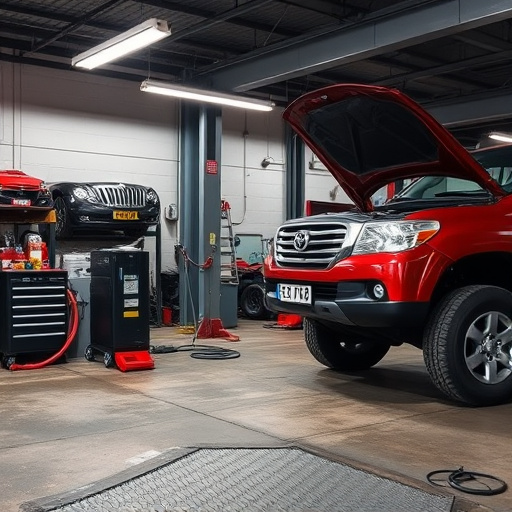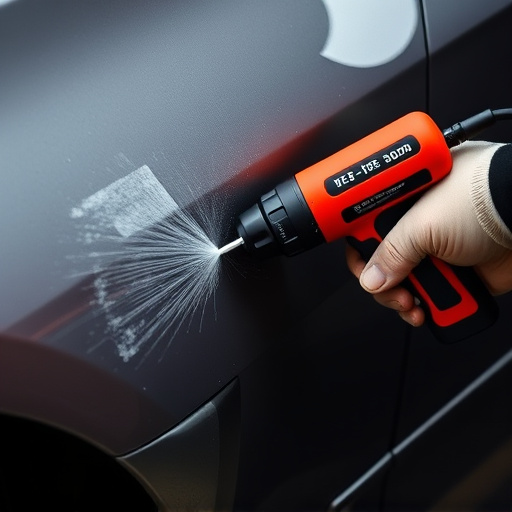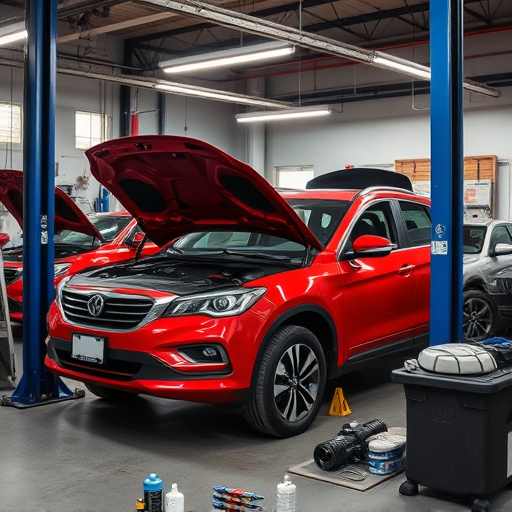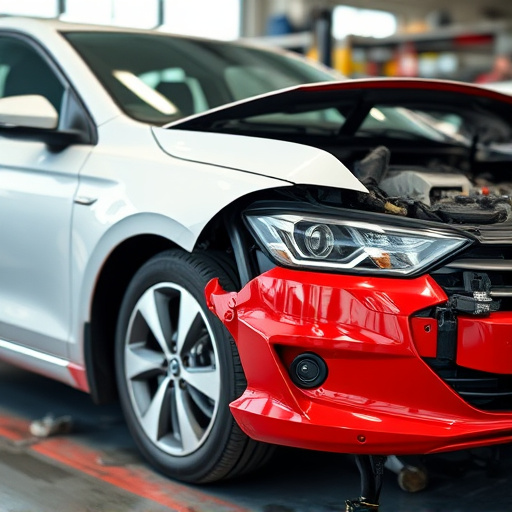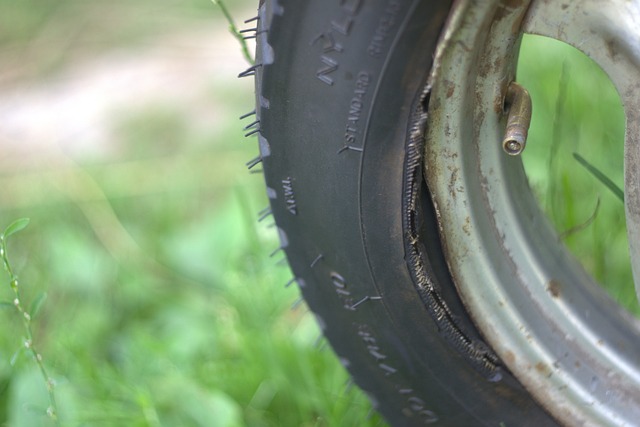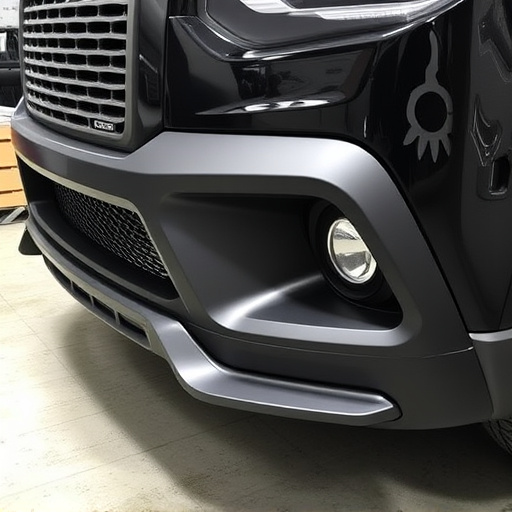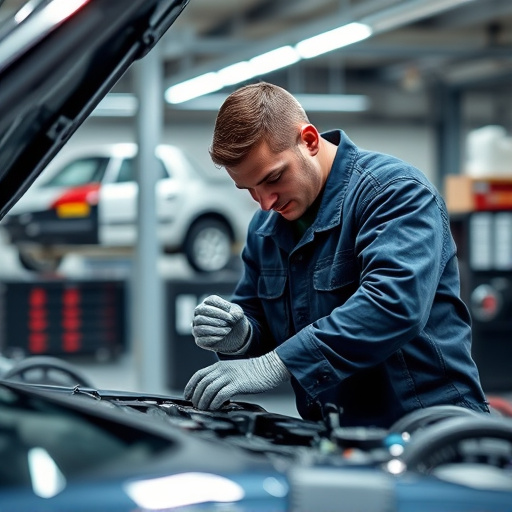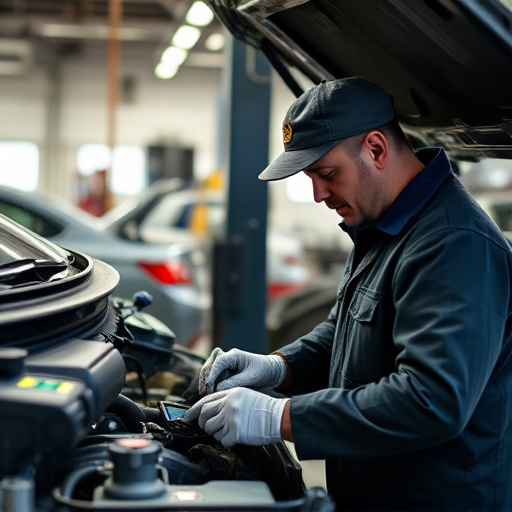TL;DR: Electric car body repair demands meticulous attention due to complex designs, high-voltage components, and specialized materials. It starts with a safety-focused inspection, followed by detailed planning for disassembly and reassembly. Workspace preparation includes tailored equipment for efficiency and risk minimization. Collision repair shops must invest in advanced tools, techniques, and training for EV body repairs, addressing unique challenges like lightweight materials, integrated battery packs, and high-voltage batteries to ensure safe and precise work.
Dive into the world of electric car body repair and uncover the unique challenges and advanced technologies shaping this evolving industry. From understanding the specialized tools and safety protocols for EV-specific repairs, to navigating common damage scenarios like dented bodies and battery pack issues, this guide is your compass. Explore cutting-edge techniques, automation’s role, and sustainable practices redefining electric car body repair, ensuring both performance and environmental stewardship.
- Assessment and Preparation for Electric Car Body Repair
- – Understanding the unique challenges of electric vehicle (EV) body repair
- – Specialized tools and equipment needed for EV body work
Assessment and Preparation for Electric Car Body Repair

Assessing an electric car for body repair involves a meticulous process due to their unique design and components. Before any auto body work begins, it’s crucial to thoroughly inspect the vehicle. This includes checking for damage to the exterior panels, battery housing, and any high-voltage connections. Specialized tools and knowledge are often required to assess and prepare these vehicles safely.
Preparation is key in electric car body repair. After the initial assessment, a detailed plan should be devised, taking into account the extent of damage and necessary replacement parts. This process ensures that every step, from disassembly to reassembly, is executed precisely, maintaining the vehicle’s safety and efficiency. It also involves preparing the workspace with specialized equipment designed for handling electric vehicles to facilitate collision repair while minimizing risks.
– Understanding the unique challenges of electric vehicle (EV) body repair
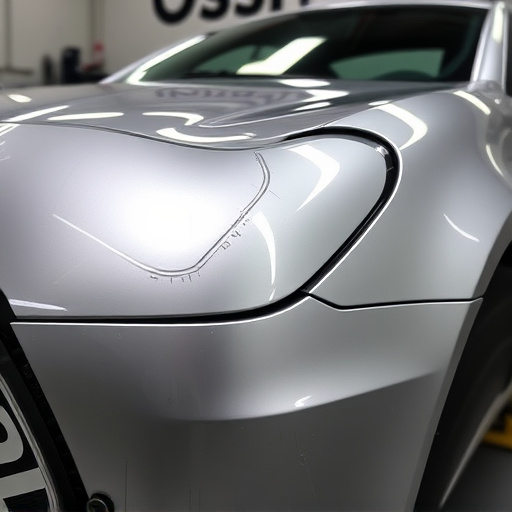
Electric car body repair presents a unique set of challenges compared to traditional vehicle repairs. As electric vehicles gain popularity, collision repair shops are increasingly encountering these specialized needs. One of the primary considerations is the intricate electrical systems within EVs. Unlike conventional cars, these vehicles have high-voltage batteries and advanced electronics that must be handled with utmost care during the repair process. Any mishandling could lead to safety hazards and potential damage to sensitive components.
Additionally, the design and construction of electric vehicle bodies often differ significantly from those of internal combustion engine (ICE) vehicles. EV bodies typically feature lightweight materials for improved efficiency and may have unique panel designs or integrated battery packs that require specialized tools and techniques for effective car dent repair or bodywork services. Collision repair professionals must be adept at working with these specific materials and technologies to ensure precise, safe, and efficient electric car body repair.
– Specialized tools and equipment needed for EV body work
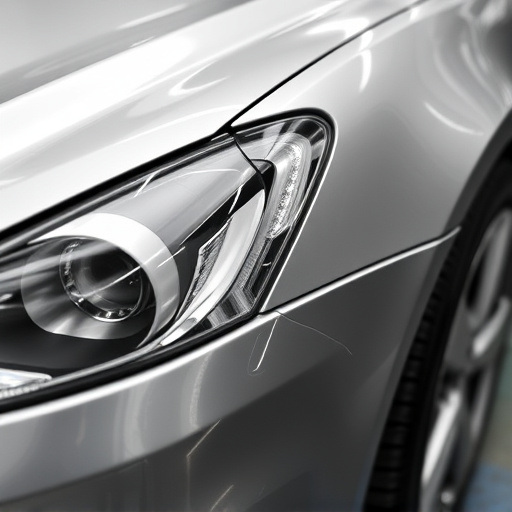
When it comes to repairing the body of an electric vehicle (EV), specialized tools and equipment are essential. Unlike traditional automobiles, EVs have unique structural and electronic components that require precise handling. Professional collision centers equipped for EV body work possess advanced tools tailored for these specific needs. These include precision cutting and welding machines designed to minimize damage to sensitive battery packs and electrical systems. Specialized clamps and brackets ensure secure holding while allowing easy access to the various panels and frames.
Moreover, auto frame repair techniques for EVs demand a high level of expertise. The intricate interplay between structural integrity and battery placement necessitates careful alignment and precision measuring tools. Auto body restoration processes in these modern vehicles also involve advanced painting technologies that cater to the unique finishes and materials used in EV manufacturing.
In understanding the basics of electric car body repair, it’s clear that specialized knowledge and tools are essential due to the unique challenges posed by electric vehicles. By assessing and preparing appropriately, technicians can effectively navigate the intricacies of EV body work, ensuring top-quality repairs that maintain these advanced vehicles’ performance and safety standards. Electric car body repair is not just about fixing dents; it involves preserving the integrity of a cutting-edge technology that shapes our future mobility.

